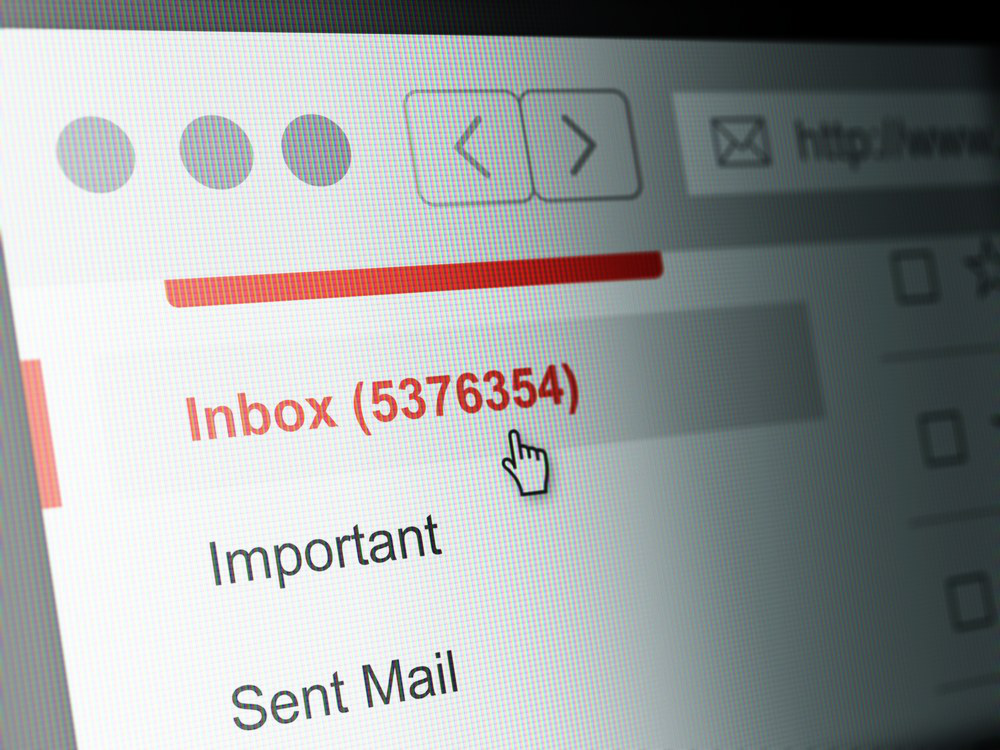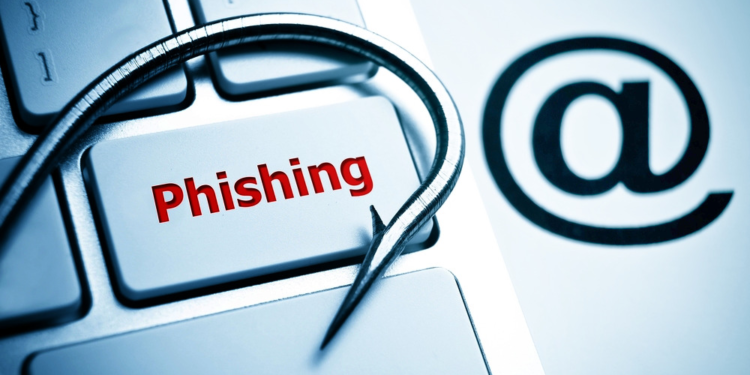Phishing attacks are among the most widespread problems the industries face nowadays. Fake emails with some suspicious links are not that hard to create, yet, the damages these bring are often devastating. Users can either prevent or learn how to react to cyberattacks.
Perhaps, the number one thing to do to protect your devices from any digital threat is to make sure you apply robust antivirus software. You may want to find out more about Total AV and similar providers first before making up your mind. And it is the right decision for sure. However, there are also some other recommendations for phishing protection you should remember.
How Does it All Work?

A typical phishing attack aims to make a user enter personal information. For instance, your credit card details can be a seductive piece for a hacker. Imagine that more than 269 billion emails circulate within servers, and approximately every 2000 of these is likely to be a phishing email. The problem is that most users do not have enough time to check every single letter that they receive during the day. Another reason behind the attacks deals with a simple and problematical lack of knowledge on protecting the system and personal data.
Phishing attacks examples people should know
An ordinary email is the most common weapon of the cybercriminals if talking about this particular cybercrime. However, there are different techniques a hacker may use for this. Namely, here are some examples of how does phishing emails work and look:
- One of the simplest ways to introduce a phishing letter is to add a bad link to an email that seems to be ordinary at first. As soon as a person clicks on the link, it will redirect the user to a fake website, where he would enter and expose personal details. A link phishing technique is widely used today.
- An intruder can build in a Trojan virus while creating an email letter; thus, he would be able to extract the desired data using the weak spots in your system after you receive the email.
- Deception of the receiver utilizing the reputable image of the sender’s address. The criminals tend to pose themselves as legitimate and honored sources to acquire your sensitive data.
- Some malefactors also try to reach people by telephone, presenting themselves as a famous IT company to get your personal details.
Signs of Phishing: Poor Spelling and Grammar
Interestingly, some hackers manage to make spelling mistakes in the phishing messages. It is more characteristic of the intruders with a smaller professional experience, though. If you happen to be a target of a serious organization, it will be quite hard to recognize a phishing threat without the help of a third party.
Sure, this does not necessarily mean that every email with some grammar errors is 100% a cyber threat. Some other signs can help users to spot a potentially harmful online letter.
Here are the most common ones:
- Hackers do some excellent work with the way the URLs look. In other words, a cybercriminal makes it shorter or corrects some parts of an URL so that a receiver does not notice the alterations and visits a harmful platform.
- Oddly mismatched addresses of a sender are also the sign of a phishing attempt. Users may get a letter where a sender asks them to take specific steps to verify their identity by clicking on the link and sharing the login details. A scammer email can be challenging to distinguish from an ordinary letter sent by a real legitimate company in such cases.
Security Recommendations
Nearly every cyber threat people are facing every week is curable. However, it is always better to prevent a catastrophe than to pick up the pieces after it. The following advice can help users protect themselves from digital phishing attacks:
- Carry out the IT education lectures for employees regularly; let the IT department interact with workers they barely know – everyone should know what and how these guys do to ensure the company’s system security.
- Develop a habit of always following the most recent security software updates to install these on time.
- Consider deploying a robust antivirus, firewall, website, and SPAM filter.
- Develop or review a security policy to organize the employees and realize that both the company’s safety and a specific person’s well-being are vital. Define clear points and rules in the policy to cover every aspect, think about possible situations, and use the famous companies’ past experiences.
- Ensure that sensitive data encryption.











